Scientists from Italy, the UK, Belgium and France provide insights into the efficiency of pyrene sulfonic sodium salts for the preparation of graphene in their recent Nanoscale paper, and clarify the role of different molecular properties on graphene exfoliation.
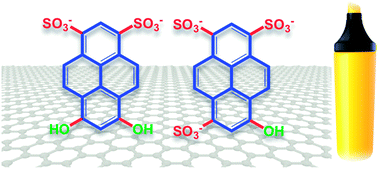
They compared pyrene derivatives with increasing number of sulfonic groups for their efficiency as exfoliating agents in the preparation of graphene. They combined different experimental and modelling techniques to find a correlation between the graphene-pyrene dye interaction, the molecular structure and the amount of graphene flakes solubilised. They found that a large dipole and molecular asymmetry are important for adsorption of the dye molecule on graphene. The dipole allows the molecule to “slide” into the solvent layer between the graphene surface and the aromatic core of the dye, and displace the water molecules.
The efficiency of pyrene derivatives in exfoliating graphene is well known, but the details of their interactions with graphene have been somewhat unclear so far. An understanding of these interactions is important for developing the processability of graphene, which holds great potential for technological applications in numerous fields.
Read this HOT article today:
Nanoscale insight into the exfoliation mechanism of graphene with organic dyes: effect of charge, dipole and molecular structure
Andrea Schlierf, Huafeng Yang, Elias Gebremedhn, Emanuele Treossi, Luca Ortolani, Liping Chen, Andrea Minoia, Vittorio Morandi, Paolo Samorì, Cinzia Casiraghi, David Beljonne and Vincenzo Palermo
DOI: 10.1039/C3NR00258F













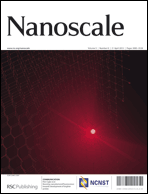
 The State Administration for Foreign Experts Affairs (SAFEA) is a division of the Chinese Government with which RSC has a cooperation agreement. Under this agreement the RSC and SAFEA will jointly fund researchers from the UK to visit Chinese Universities. The purpose of the visits is to stimulate collaboration between UK and Chinese institutions. They will allow the visitor to contribute their experience towards the development of excellent emerging science and build links with the Chinese Chemistry community.
The State Administration for Foreign Experts Affairs (SAFEA) is a division of the Chinese Government with which RSC has a cooperation agreement. Under this agreement the RSC and SAFEA will jointly fund researchers from the UK to visit Chinese Universities. The purpose of the visits is to stimulate collaboration between UK and Chinese institutions. They will allow the visitor to contribute their experience towards the development of excellent emerging science and build links with the Chinese Chemistry community. Collaborators in the US and China have demonstrated that by
Collaborators in the US and China have demonstrated that by 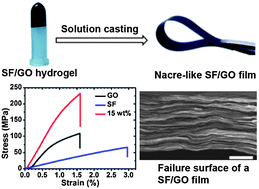
 Camouflaging nanoparticles so that they are not attacked by the immune system is a major challenge in developing long-circulating, effective drug-delivery vehicles. Attaching CD47, a transmembrane protein that serves as a universal molecular ‘marker-of-self’, to the surface of nanoparticles is one way to enable active immune evasion. However, functionalising the particle surface evenly and with uniformly oriented protein is very difficult.
Camouflaging nanoparticles so that they are not attacked by the immune system is a major challenge in developing long-circulating, effective drug-delivery vehicles. Attaching CD47, a transmembrane protein that serves as a universal molecular ‘marker-of-self’, to the surface of nanoparticles is one way to enable active immune evasion. However, functionalising the particle surface evenly and with uniformly oriented protein is very difficult.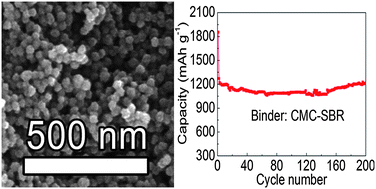

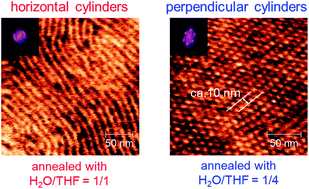
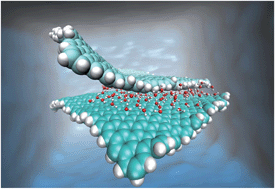 Wenping Lv and Ren’an Wu from the Dalian Institute of Chemical Physics have investigated the aggregation of two graphene nanosheets in water and the role of the interfacial water monolayer in the aggregation mechanism.
Wenping Lv and Ren’an Wu from the Dalian Institute of Chemical Physics have investigated the aggregation of two graphene nanosheets in water and the role of the interfacial water monolayer in the aggregation mechanism.